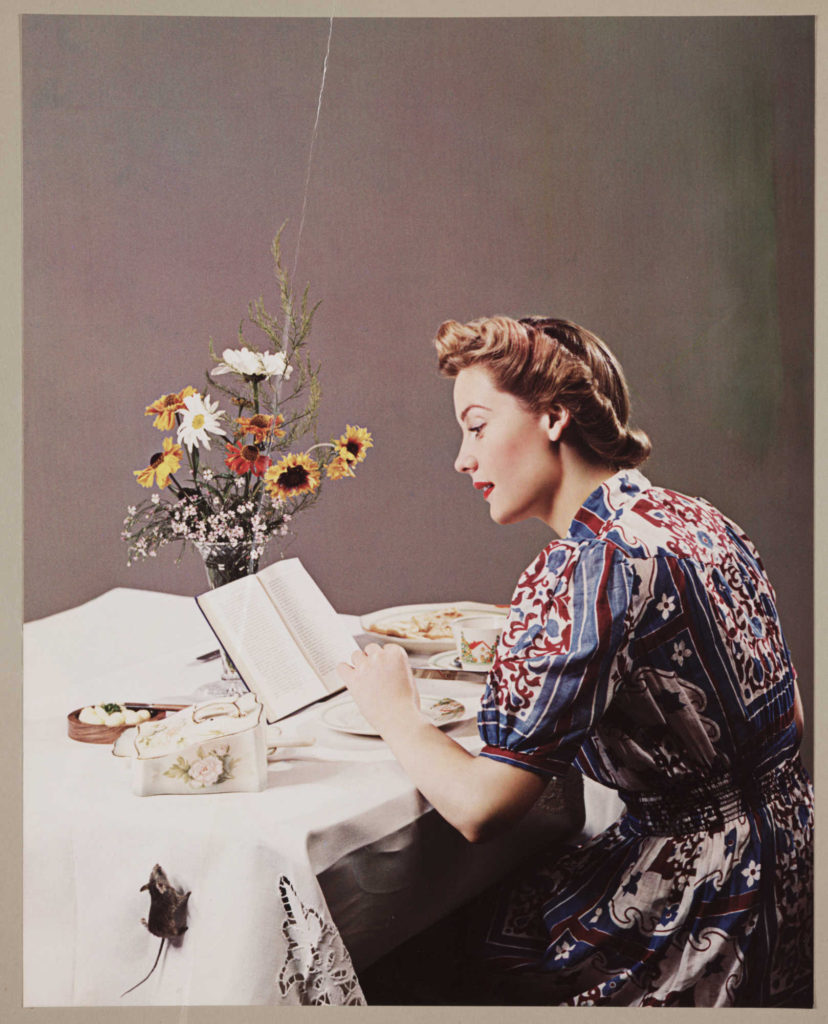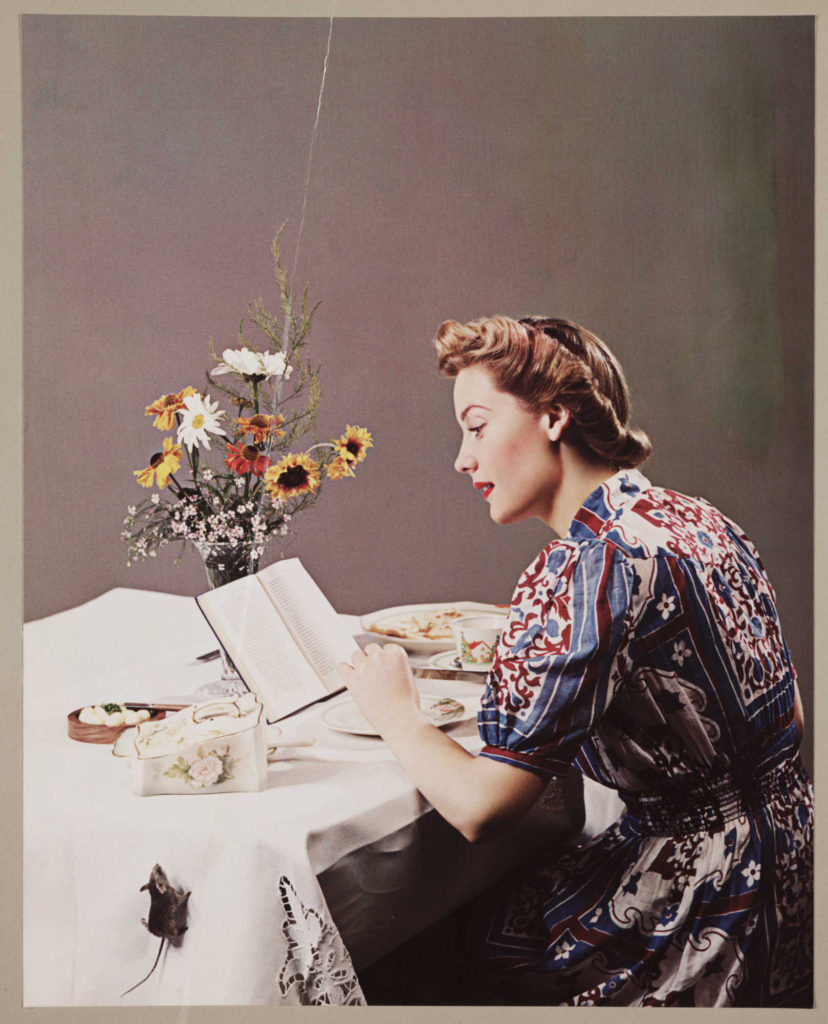
“A childhood without books – that would be no childhood. That would be like being shut out from the enchanted place where you can go and find the rarest kind of joy.” So claimed Astrid Lindgren, the prolific Swedish writer who authored the iconic Pippi Longstocking series.
Lindgren grew up on a small farm in rural Sweden. She played and played and played with her siblings, until she thought she would die of fun.
She knew the people in her life intimately…she experienced a childhood without distractions. Before the days of cell phones and streetlights and television sets, all Lindgren had were the fairytale Swedish woods, the pastures and the barns, her siblings and her friends.
In her late 30’s Lindgren began to write. She wrote about her childhood. She wrote about her pranks, her farm, the woods and the food and the family. And she brought to life some of Sweden’s, and the world’s, most beloved characters and stories.
What is it that appeals so much to adults about children’s books? It is that we, even as adults, still feel an attraction to them, as if their innocence and simplicity were a magnet for our jaded and disillusioned souls. Lindgren’s characters — boys and girls so full of spunk, ferocity, strength, and kindness — represent something we feel we have lost.
As children, we appreciated the imagination and adventure of the stories, but we lacked a sense of their overall vision and depth. We were thrilled by “Watership Down”, a spellbinding quest featuring talking bunnies and dreadful predators. We laughed at “The Phantom Tollbooth”, a wacky tale of a bored young man caught up in a magical land and the adventure of a lifetime. We smiled at the foibles and tomfoolery of Toad and Badger in “The Wind in the Willows”. They appealed to our imagination and our youthful craving for adventure, and they offered a lens through which that inner spark of imagination, inherent in all children, could glow.
Now, we are older. We live busy lives. We study and we hang out and we exercise and we try to make our way in this crazy college universe. But we don’t play anymore. Perhaps we can’t. Perhaps we have lost that imagination, that inner spark which paints the world with wonder and our lives with adventure.
Yet still, even after our coming of age, the books of our youth not only maintain their fun and adventurous tales, but offer even more substance to the adult reader. Now we understand Hazel, the protagonist of “Watership Down”, in light of the epic heroes Aeneas and Odysseus, and are inspired by his sacrifice and bravery. We can sympathize with Milo of “The Phantom Tollbooth,” as he navigates through “the doldrums” — representative of life’s dreary, boring, and ho-hum days. We gain a fresh understanding of loyalty and friendship through the comradery of the characters in “The Wind and the Willows.”
Author’s like Lindgren, Richard Adams, and Kenneth Grahame have offered more to the world’s literary legacy than history often credits them. They captured the magic of childhood — the wonder and the fun. And they taught us, at a malleable young age, some of life’s most important lessons, ones we carry with us to this day.
As Hillsdale students, we can get so caught up in the intricacy and complication of knowledge and truth that we often miss out on it’s simplicity and beauty. So I challenge you to pick up a copy of your childhood favorite this Christmas break and get reading. Forego, for a while, “The Politics” and “The Confessions,” and lose yourself in the sacred simplicity of youth.
Philip Berntson is a sophomore studying the liberal arts.

